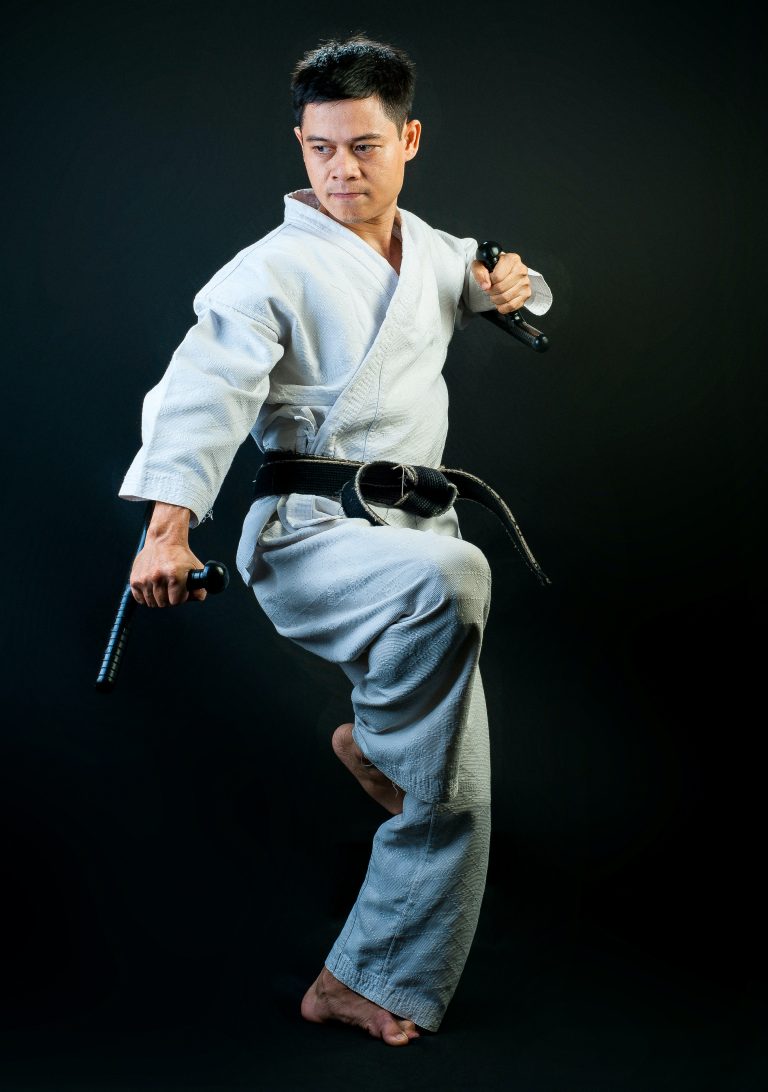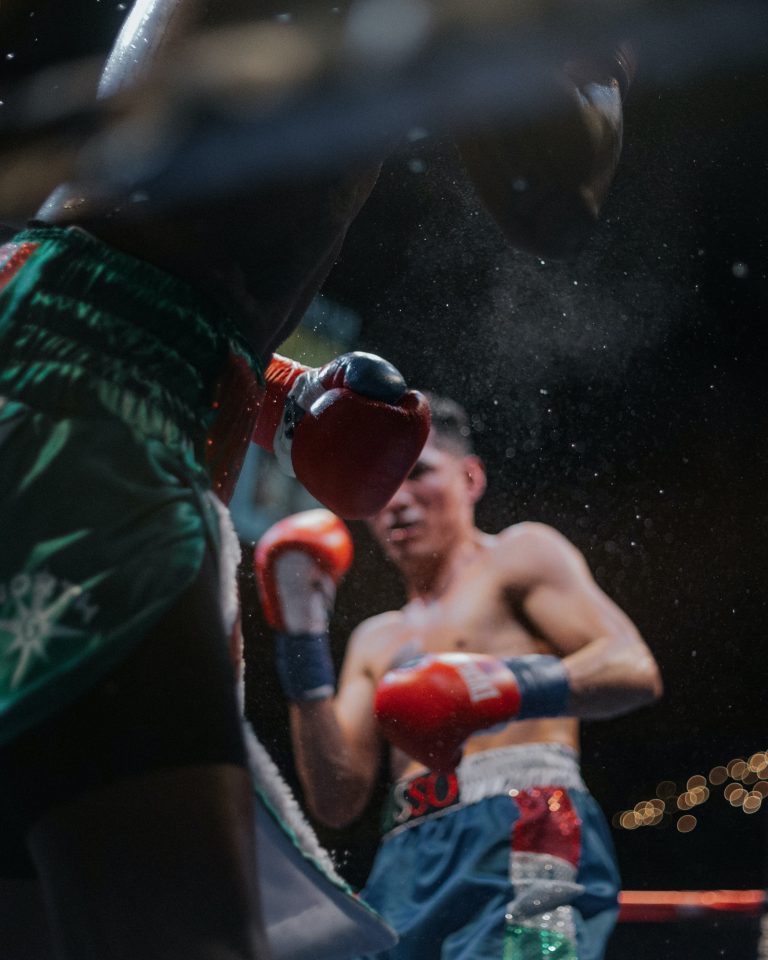Karate Best Techniques: A Comprehensive Guide
Karate is a martial art that originated in Okinawa, Japan. It is a form of self-defense that utilizes punches, kicks, strikes, and blocks as its primary techniques. Karate is not only physically challenging but also requires mental strength, focus, and discipline.
As a karate practitioner, it’s important to know and master various techniques to be successful in the sport. In this blog post, we’ll discuss the best karate techniques that will help you in your journey towards becoming a skilled karateka.
Karate Techniques
Karate has four categories of techniques – strikes (tsuki), kicks (geri), blocks (uke), and throws (nage). Each of these categories has several techniques that every karate practitioner should master.
1. Basic Punches (Oi-Zuki, Gyaku Zuki, Kizami Zuki)
Punches are one of the fundamental techniques in karate. A punch is a straight strike with the arm, and it can be aimed at any part of an opponent’s body. Oi-Zuki, Gyaku Zuki, and Kizami Zuki are the three basic punches in karate.
Oi-Zuki is a stepping punch that is quick and powerful. Gyaku Zuki is a reverse punch that is delivered across the body’s front. Kizami Zuki is a sharp and straight punch that is aimed at the opponent’s face.
2. Basic Kicks (Mae-Geri, Yoko-Geri, Mawashi-Geri)
Kicks are another crucial aspect of karate. They require a lot of balance and coordination to execute effectively. Mae-Geri, Yoko-Geri, and Mawashi-Geri are the three basic kicks in karate.
Mae-Geri is a front kick that can be aimed at various target areas. Yoko-Geri is a sidekick, and it aims at the opponent’s ribs, neck, or head. Mawashi-Geri is a roundhouse kick that can be aimed at many target areas from the knee to the head.
3. Basic Blocks (Age-Uke, Gedan Barai, Soto-Uke)
In karate, blocks are essential for defense purposes. Blocks can be used to deflect an opponent’s attack and provide an opportunity for a counter-attack. Age-Uke, Gedan Barai, and Soto-Uke are the primary blocks used in karate.
Age-Uke is an upward block used to deflect high attacks. Gedan Barai is a downward block used to defend against low attacks. Soto-Uke is an outward block used to deflect incoming attacks.
4. Throws (Osoto-Gari, Uki-Goshi, Koshi-Guruma)
Throws are generally used in close combat situations. They rely on taking advantage of an opponent’s movement and using it to throw them off balance. Osoto-Gari, Uki-Goshi, and Koshi-Guruma are some of the most commonly used throws in karate.
Osoto-Gari is a major outer reaping throw that involves using the leg to take the opponent down. Uki-Goshi is a hip throw used to throw the opponent over your hip. Koshi-Guruma is a hip wheel throw that involves spinning the opponent around.
5. Kata
Kata is a set of movements that represent a simulated fight against multiple attackers. It is a routine that helps karate enthusiasts develop coordination, timing, and movement precision. Kata helps karate practitioners master basic techniques, develop mental strength, and internalize essential fighting principles.
There are various kata in karate, including Heian Shodan, Tekki Shodan, and Bassai Dai. Heian Shodan consists of 21 movements and is the first form a karateka learns. Tekki Shodan is performed entirely in a horse stance, and Bassai Dai is a fast-paced, advanced kata that implements blocking, striking, and throwing techniques.
Introduction
Karate is a popular martial art that emphasizes on self-defense, physical fitness and mental development. It originated from Okinawa, Japan and has evolved over time to become a sport that is now enjoyed by people from all over the world. One of the most commonly asked questions in karate is about the best techniques. In this article, we will look at some of the most frequent asked questions on the topic of karate’s best techniques.
What are the best karate techniques for beginners?
When it comes to karate, beginners are often advised to focus on the basics. Basics like punches, kicks, blocks and stances are crucial in building a strong foundation for further development. Some of the best karate techniques for beginners include:
- The front punch/kick: This is a simple technique that is widely used in karate. It involves punching or kicking straight ahead and is essential in training beginners to maintain a center line.
- Low blocks: Low blocks are important in defending against lower attacks. They help beginners to develop good hand-eye coordination and balance.
- Sidekick: The sidekick is a powerful technique that can be used in both offensive and defensive situations. It helps beginners to develop good kicking form and balance.
What are some advanced karate techniques?
After mastering the basics, karate practitioners often move on to advanced techniques. These techniques require more skill and practice to perfect, but they are highly effective when executed correctly. Some examples of advanced karate techniques include:
- Spinning back kick: This is a highly effective technique that is used to surprise opponents. It involves turning around and kicking with the heel of the foot.
- Flying sidekick: This technique involves jumping into the air and kicking an opponent from the side. It requires a lot of practice and strength, but it can be highly effective when executed correctly.
- Knifehand strike: The knifehand strike is a powerful technique that can be used to attack pressure points on an opponent’s body. It involves striking with the side of the hand.
What is the difference between kata and kumite?
Karate is often divided into two main categories – kata and kumite. Kata refers to a series of prearranged movements that are performed solo. Kumite, on the other hand, involves sparring with an opponent. While both kata and kumite are important in karate, they serve different purposes. Kata helps to develop technique, form, rhythm and timing, while kumite helps to develop practical fighting skills.
What are the best techniques for self-defense in karate?
One of the main focuses of karate is self-defense. There are several techniques that can be used for self-defense in karate, including:
- The front kick: The front kick is a powerful technique that can be used to create distance between an attacker and a defender.
- The hammer fist: The hammer fist involves using a closed fist to strike an attacker on a vulnerable part of their body, such as the nose or throat.
- The side kick: The side kick can be used to strike an attacker on their lower body. It is especially effective when executed with force and speed.
Karate Best Techniques: A Step-by-Step Guide
Introduction
Karate is an art of self-defense that combines offensive and defensive techniques using only the hands and feet. It requires not only physical strength but also mental discipline, focus, and accuracy. In this guide, we will cover the best techniques of Karate that will help you improve your skills and become a better Karate practitioner.
Important Considerations before Starting
Before you start practicing Karate techniques, it is important to keep in mind some essential points which will help you achieve your goals in a safe and effective manner.
1. Warm-up: It is always a good idea to warm up your muscles and joints before any physical activity. Karate requires a lot of movement and stretching, so do some light cardio, stretches, and bodyweight exercises to get your body ready for the workout.
2. Safety Gear: Always wear appropriate safety gear like gloves, mouth guards, and protective pads when practicing Karate to avoid any injuries that may occur, especially when practicing sparring.
3. Hydration: Drink plenty of water before, during, and after your Karate practice to keep your body hydrated and to avoid cramps and muscle fatigue.
4. Consistency: Karate requires consistency in practice to develop the skills necessary for mastery. Plan a schedule, set targets, and consistently work towards them.
Best Karate Techniques
1. Front Kick
The front kick is one of the most effective and basic kicks in Karate. With the ball of your foot, lift your knee towards your chest, extend your leg forward, and strike the target with the heel of your foot. It is great for keeping opponents at bay and to execute a counter-attack.
2. Roundhouse Kick
The Roundhouse kick is a powerful technique that targets the sides of the body. It requires you to rotate your hips and lift your knee high towards your chest, extend the leg, and strike the side of your foot. It is great for attacking your opponent’s ribs and can be used in combination with other strikes.
3. Back Kick
The Back Kick is a swift and powerful technique that attacks your opponent from behind. Step backward with one foot, lift the knee of the other leg forward and kick backward striking the target with the heel. It is a surprise attack and is great when you want to catch your opponent off guard.
4. Knife-Hand Strike
The Knife Hand Strike is a lethal technique that targets the neck, the side of the neck, and the temple area. It involves striking with the edge of your hand with a quick chopping motion. It is a versatile technique and can be used for both defensive and offensive purposes.
5. Palm Heel Strike
The Palm Heel Strike is another effective technique that involves striking your opponent with the base of your palm. It is great for attacking the nose, chin, or groin area. This technique is a quick and powerful strike that can knock your opponent off balance.
Conclusion
Karate is a martial art that requires discipline, focus, and practice to perfect. Incorporating these best techniques into your training program is sure to improve your skills and take your Karate to the next level. Remember to keep in mind the essential points before starting, and always wear appropriate safety gear. With consistency, patience, and determination, you too can become a skilled Karate practitioner.
Inhaltsverzeichnis






